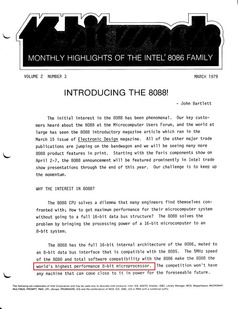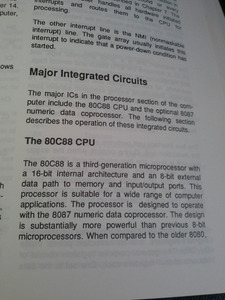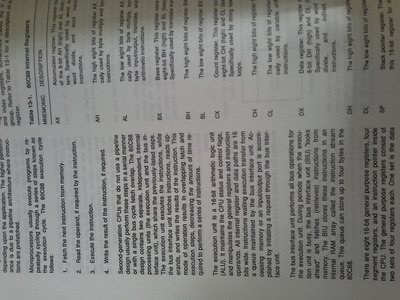First post, by videogamer555
The PC-98 (full name being PC-9801) is a computer made by NEC, and only ever sold in Japan. It does use an intel CPU, specifically a 16-bit Intel 8086. This is different than the IBM-PC, which had an 8-bit 8088 CPU, though unlike the next generation of IBM machines (which used 16-bit 80286 CPUs), the 8086 doesn't have all the extra instructions supported by the 80286. It's basically an Intel 8088, but with 16-bit registers, instead of 8-bit registers. As far as I know, no computers sold in the US used an 8086 CPU, so I don't know if DOSBox can handle 8086 emulation, but if it can, then theoretically it can emulate a PC-98.
However there are other differences between old US IBM (and compatible) computers, and the Japanese PC-98. For one, its graphics hardware directly supports 2 different graphics modes, not supported by standard graphics hardware in US computers. The PC-98 supports these 2 unique graphics modes: 640x400 16-color mode and 640x400 256-color mode. However, if you look at a list of the standard graphics modes from 0x00 to 0x13 (which can be switched to with a simple INT instruction in assembly code, and are supported by most US sold computers), and look at the specs for these modes, you'll notice that none of them support the same resolution and palette-size combinations as the 2 previously mentioned PC-98 resolutions. While I assume that the PC-98 may also support the standard resolutions from IBM CGA, EGA, and VGA graphics cards, it also supports some unique graphics modes.
Of course. The situation is the same with the Tandy and PC-Jr, with them having unique graphics modes too, but DOSBox (when set to Tandy or PC-Jr emulation mode) can properly emulate their unique graphics modes as well. So theoretically it should still be possible for DOSBox to properly emulate the unique graphics modes of the PC-98. Of course there's also the language issue. The PC-98 needs to have something that American PCs don't have, and that is both Japanese and English text character graphics (not sure if these are normally stored in BIOS memory, or built in to the firmware of the graphics card) builtin to the machine itself, and not requiring external font files for Japanese text characters to work. However this language issue is handled, I'm sure that there are enough documents floating around from reverse engineering efforts, that the proper way of handling this can be implemented in DOSBox when emulation mode is set to PC-98 in the DOSBox config file.
Given the fact that DOSBox aims to be a DOS games emulator, and given the fact that the 99% of the PC-98's software are games, it would make sense to add a PC-98 emulation mode to DOSBox.
Why not just a dedicated PC-98 emulator? Here's the problem with that. PC-98 emulators use their own proprietary disk image formats (either compressed disk image, or having its own header appended before the actual first sector of the disk image in the disk image file, or some combination of these techniques), while DOSBox is capable of directly loading raw floppy disk images. Editing PC-98 disk images (such as for modding a game) is a pain, as there's no really software for modifying the disk images. If I can convert the disk images formats (which are normally proprietary to a particular emulator) to raw disk images, I could use them directly in DOSBox, as DOSBox is capable of directly loading raw harddrive and floppy disk images, if you guys can implement a PC-98 emulation mode in DOSBox.


